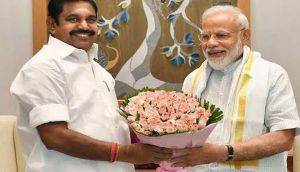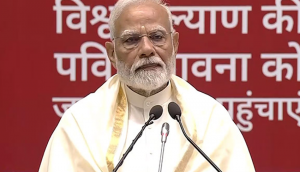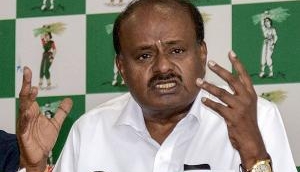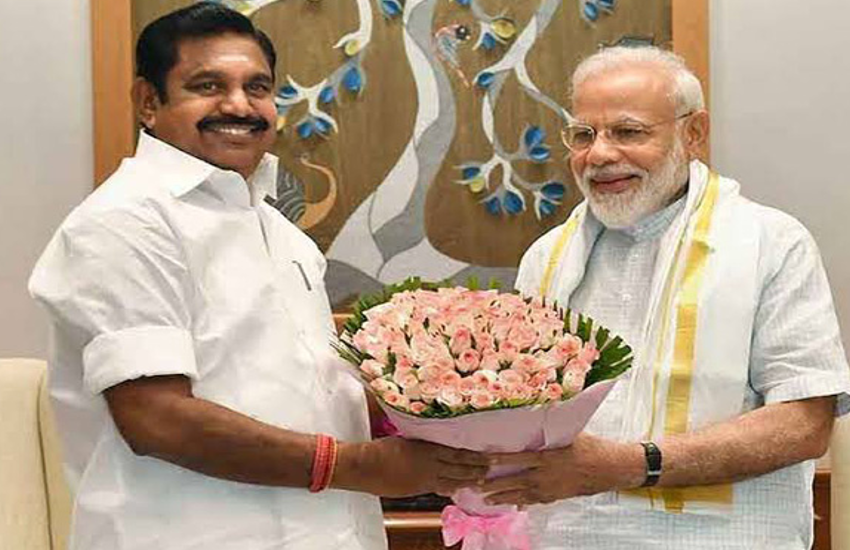
On August 15, 2020, India will mark its 74th Independence Day. Prime Minuster Narendra Modi will upraise the Indian tricolour at Red Fort and will give an address to the nation.
The current form of the tircolour took shape after a spate of development and alterations. Also called Tiranga, the flag was an fundamental part of the Indian freedom struggle and has a broad background.
The national anthem, Jana Gana Mana, was also a significant part of the freedom fighters. Initially written in Bengali by Ravindranath Tagore, the national anthem signifies the unity of a diverse nation.
Here are some interesting facts about the Indian national flag and the national anthem:
1) The Inidan National Flag is a horizontal, rectangular Tricolor of saffron, white and green with the Ashoka Chakra in the centre. It is also called Tiranga.
2) The first version of the National Flag of India hoisted on 7th August, 1906, comprised of green , yellow and red . It also contained religious symbols, eight roses, and Vande Mataram written on it. The second edition of the tricolour was hoisted by Madam Bhikaji Cama at the Socialist International Summit in Germany’s Stuttgart. A third type, with red and green stripes with the Union Jack -- the national flag of the United Kingdom -- on the top left and a crescent on the top right and seven stars in form of the Saptrishi constellation was used by Bal Gangadhar Tilak in 1917.
3) Another two versions of the Indian tricolour was drawn in 1921. The first had a white strip at the top representing the religious minorities, green strip in the middle representing Muslims, and red strip at the bottom representing Hindus.
In the center of the flag was a Spinning Wheel. This flag was made keeping in mind the vision Mahatma Gandhi had seen for India. Another version of the flag, which was adopted by the Congress committee, had saffron color at the top, white in the middle, and green at the bottom. In the centre of the white strip was a Spinning Wheel.
4) For the first time in history, the Indian tricolour will be hoisted at New York’s Times Square, on August 15, 2020.
5) On August 15, 1947, the first Prime Minister of India, Pundit Jawaharlal Nehru, hoisted the tricolour flag at the Lahori Gate of the Red Fort in Delhi.
6) The National Anthem of India, was actually composed in Bengali langauge as Bharoto Bhagyo Bidhata. It was first publicly sung on December 27, 1911, at the Calcutta session of the Indian National Congress.
7) Besides he national anthem of India, Rabindranath Tagore also wrote Amar Sonar Bangla, the national anthem of Bangladesh.
8) Subhas Chandra Bose, during the meeting of the German-Indian Society on September 11, 1942, first used the term “National Anthem” for Jana Gana Mana. Before officially becoming the national anthem of India in 1950.
Also Read: West Bengal: With schools closed, Tricolour sales dip ahead of Independence Day







![BJP's Kapil Mishra recreates Shankar Mahadevan’s ‘Breathless’ song to highlight Delhi pollution [WATCH] BJP's Kapil Mishra recreates Shankar Mahadevan’s ‘Breathless’ song to highlight Delhi pollution [WATCH]](https://images.catchnews.com/upload/2022/11/03/kapil-mishra_240884_300x172.png)

![Anupam Kher shares pictures of his toned body on 67th birthday [MUST SEE] Anupam Kher shares pictures of his toned body on 67th birthday [MUST SEE]](https://images.catchnews.com/upload/2022/03/07/Anupam_kher_231145_300x172.jpg)






